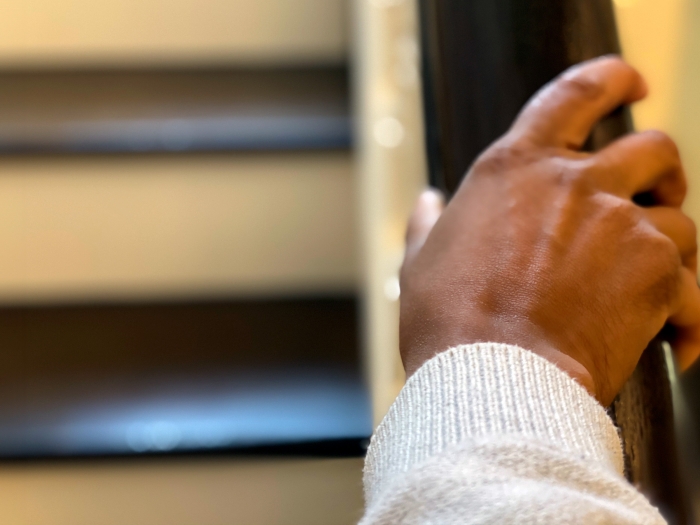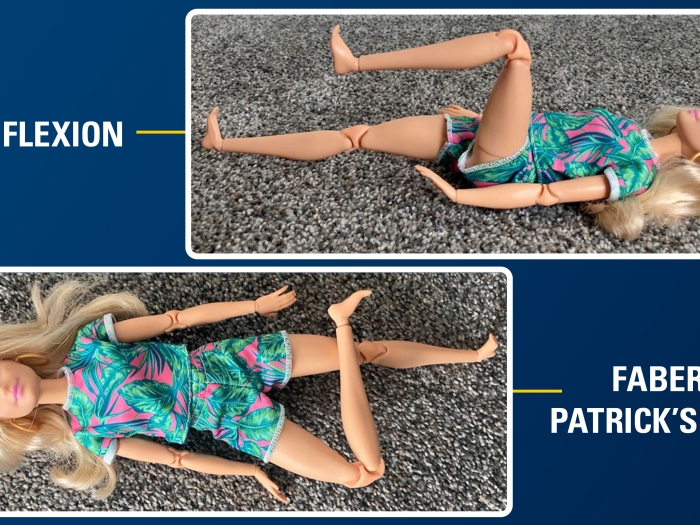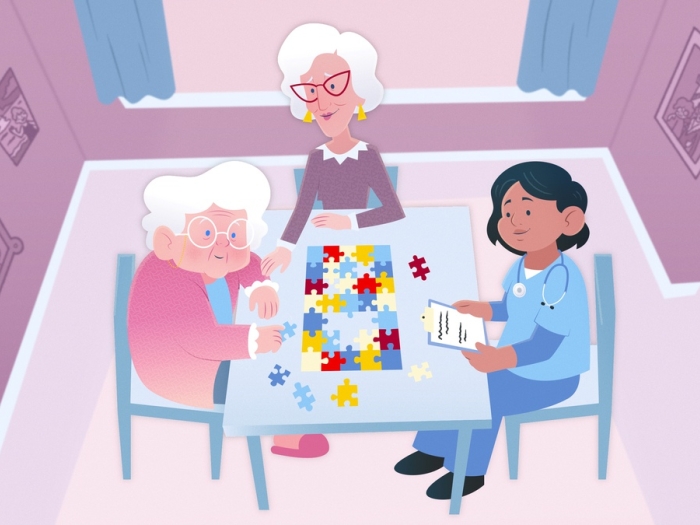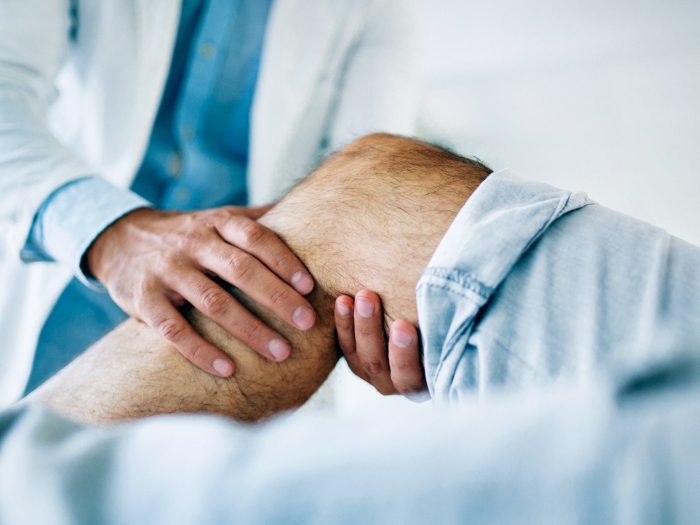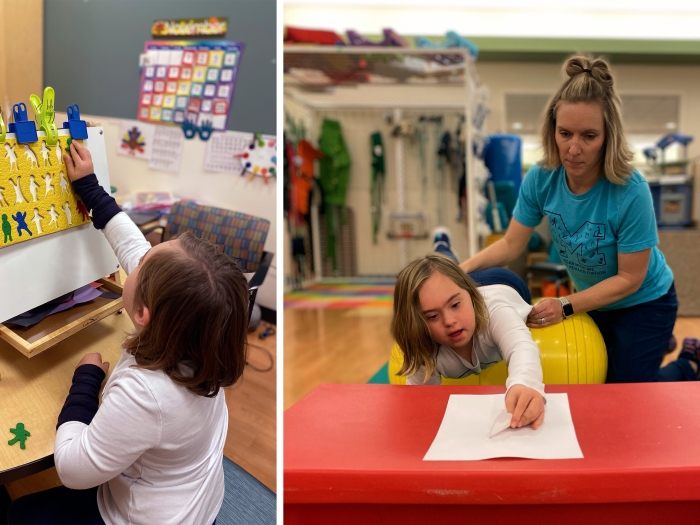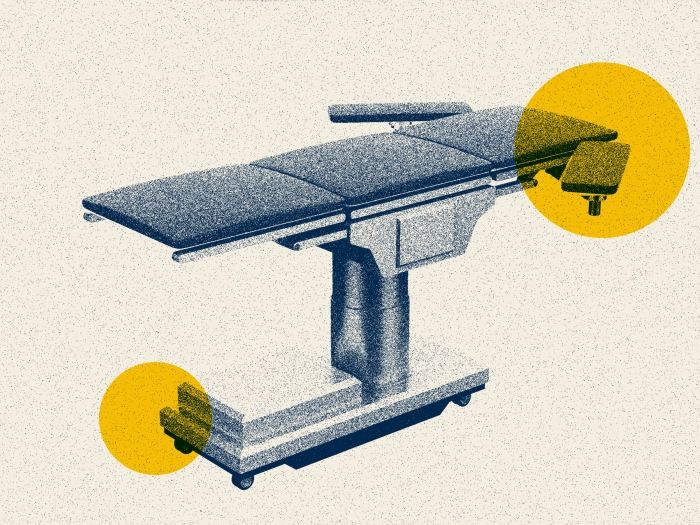Physical and occupational therapy helped one patient with non-Hodgkin skin lymphoma regain his strength after treatment and return to his beloved hobbies.
7:09 AM
Author |
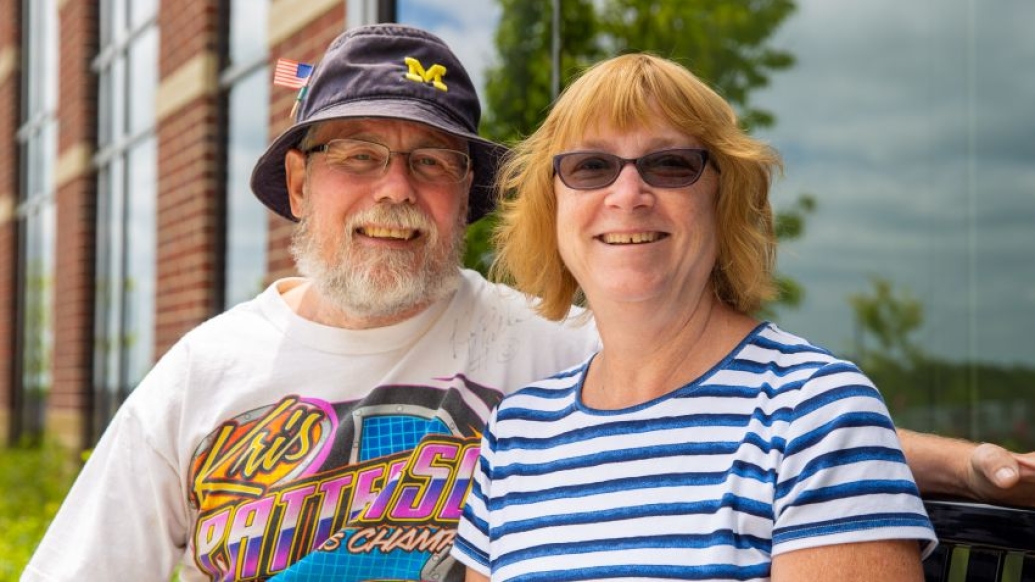
When Marty Marchak, 62, arrived for his scheduled hip replacement surgery in September 2018, he assumed he'd head home shortly after the procedure.
"I was on the pre-op table and the doctor asked me what was going on with the lump on my forehead," Marchak says.
The physician told Marchak he couldn't perform the surgery until Marchak had the lump examined.
"I was devastated," he says. "I had waited eight months for that surgery."
Marchak would later come to find the lump on his forehead, about half the size of a golf ball, was a nodule that needed to be biopsied.
"I hadn't really thought much of the spot, but the lunch ladies at work had told me to get it checked out," says Marchak, a Brighton, Michigan resident and custodian at Brighton High School.
"It came back as positive," he says. "When you hear the word cancer, your mind goes to the worst case scenario."
Marchak was diagnosed with stage I non-Hodgkin skin lymphoma, which then began his chemotherapy and radiation journey at the University of Michigan Rogel Cancer Center.
Fortunately, after his second chemotherapy session in early December 2018, doctors informed Marchak that the treatments worked and that the remaining chemotherapy and radiation could be discontinued.
"I believe that was the lord's doing," Marchak says.
MORE FROM MICHIGAN: Sign up for our weekly newsletter
Weakness and falls
At first, Marchak had no pain or side effects from his treatment except for being more tired than usual. But then, suddenly, unusual symptoms started to appear.
"One day, a week or so before Christmas, he couldn't zip his coat up," says Sue Marchak, Marty's wife. "And he started falling. His legs would just give out. So I called the oncologists and they said this could be a side effect of chemotherapy, but that he should come into the Rogel Cancer Center."
After several tests, Marchak was diagnosed with Guillain-Barre syndrome, a rare disorder where the body's immune system attacks its own nerves.
Marchak ended up admitted to U-M for several weeks, which included a full month stay in the inpatient rehabilitation unit where he'd participate in daily physical and occupational therapy sessions.
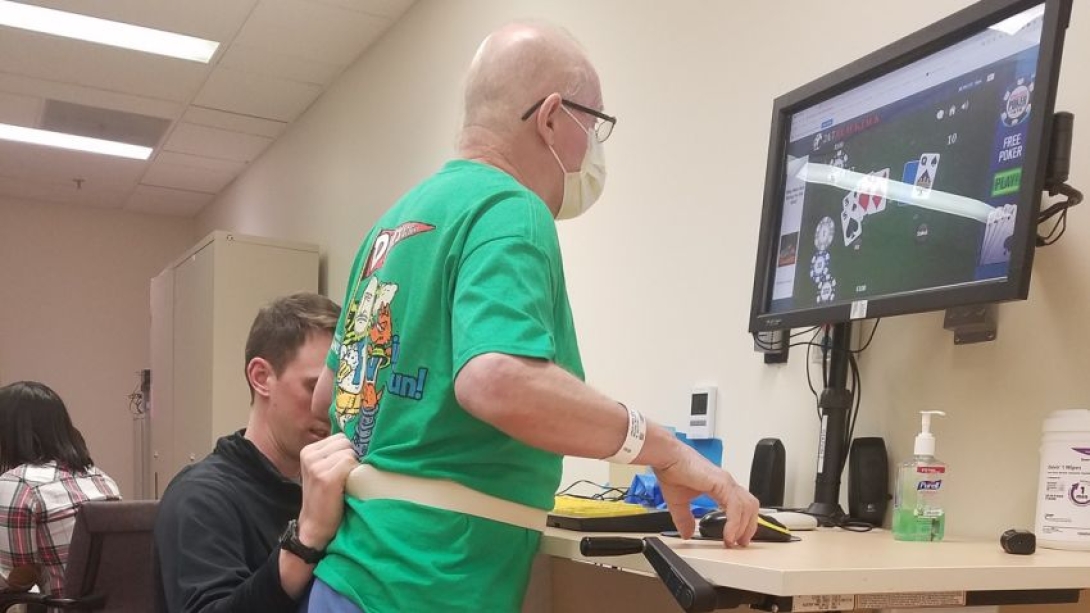
"He had to learn to walk again," Sue says. "He couldn't even do the deadbolt on the house. We knew he needed to keep up with therapy."
Physical therapy at Brighton
After his hospital stay, Marchak was referred to the Michigan Medicine Comprehensive Musculoskeletal Center at the Brighton Center for Specialty Care near his home.
Beginning in February 2019, Marchak had physical and occupational therapy sessions twice a week at the CMC.
"During my sessions, I would work on things like cycling, using canes to walk and just trying to pull down the weight machine bar without any weights," Marchak says. "I would work with nuts and bolts to improve my finger mobility."
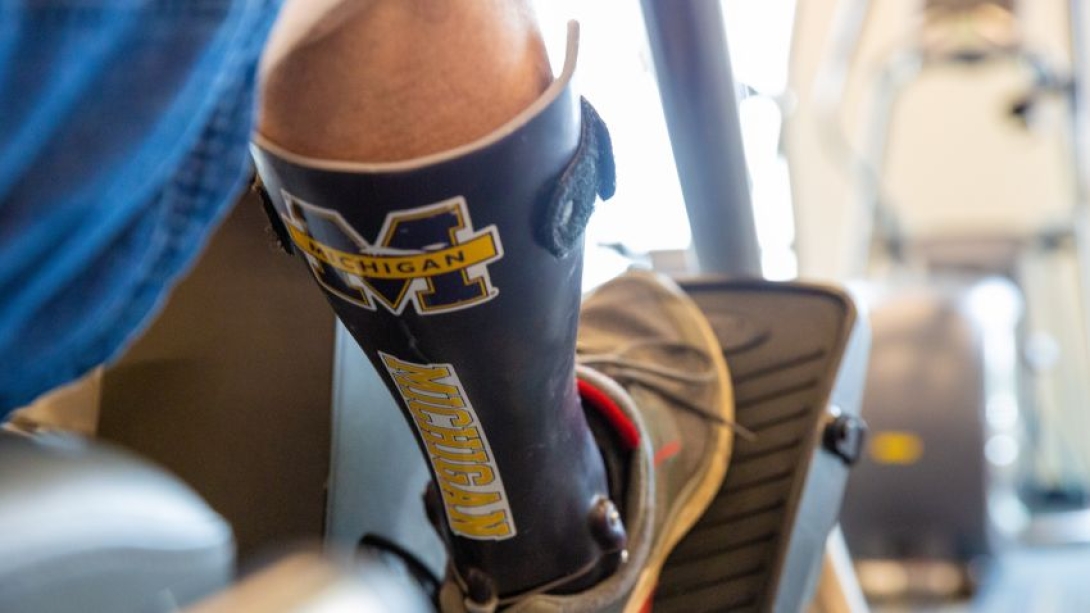
LISTEN UP: Add the new Michigan Medicine News Break to your Alexa-enabled device, or subscribe to our daily updates on iTunes, Google Play and Stitcher.
Marchak, a dirt track car racing enthusiast, purposely wore a different vintage dirt car t-shirt to each session, as well as a special hat.
"My father-in-law wore this hat after he had a heart transplant," says Marchak, as he points to his blue bucket hat with the U-M's "block M" on the front. "He lived for 20 years after that surgery. I have worn it every day since my diagnosis."
Over the course of five months, Marchak has progressed from a walker, to walking sticks, and then eventually to ankle braces. He says he attributes walking again to his therapists who supported and cheered him on every step of the way.
"Marty worked so hard both in and out of therapy, and the amount of effort he gives to his recovery is inspiring," says Cassie Van Dyke, P.T., DPT, a neurological physical therapist at the CMC.
"When I first started seeing Marty, he had difficulty standing up from a chair without assistance, and now he is doing squats while balancing on foam and doing laps around the building without an assistive device, and he does it all with the largest smile."
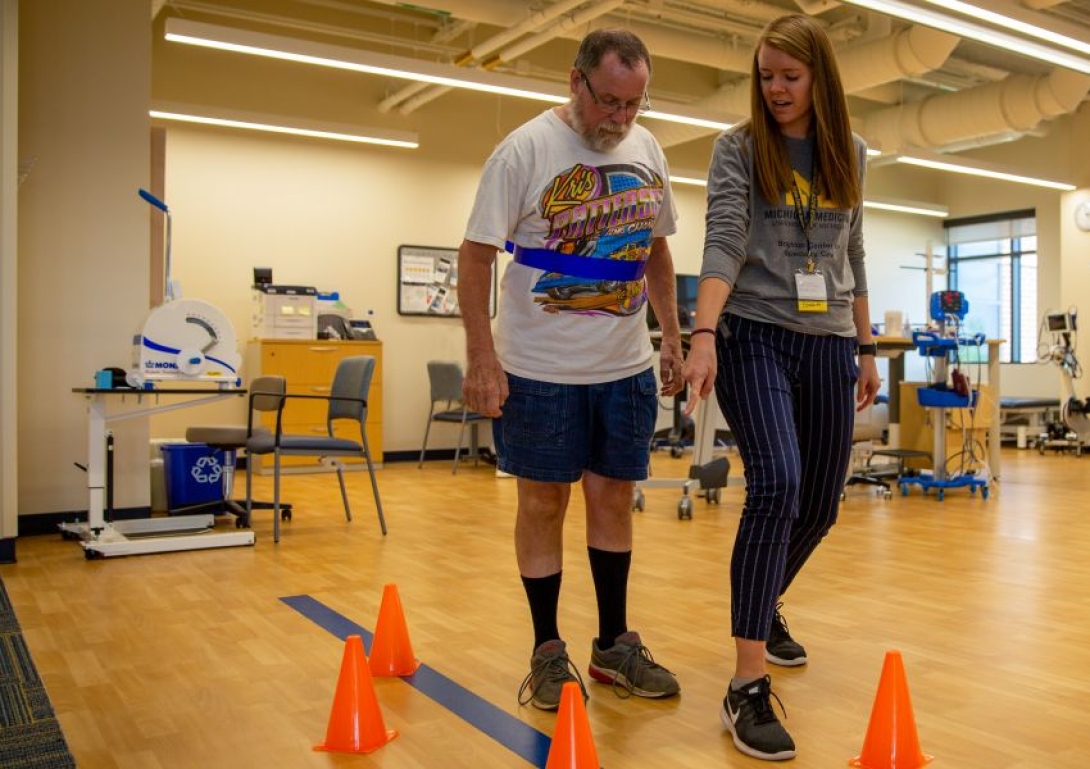
"Cassie is very positive and she doesn't like to hear the word 'can't'," Marchak says. "She'll say: 'You can do it. It might be hard, but you can do it.'"
Now Marchak is back to mowing the grass and washing his cars, both of which he says he missed.
Future plans
In mid-May 2019, Marchak received good news: his latest scan revealed he doesn't currently have cancer in his body and he wouldn't need radiation.
"You have to be positive," Marchak says. "If you're not, it's going to be a long ride. I've seen others want to give up, but you have to keep going."
He's wrapping up his therapy sessions and says his experiences over the past several months have inspired him.
"It's been an awesome journey these last few months," Marchak says. "It's not something I would want anyone else to have to do, but I've had lots of support."
Marchak says part of his future plans involve visiting all 50 states, camping and attending more dirt car races.
"I'm only 62," he says. "And I have lots of living to do."

Explore a variety of healthcare news & stories by visiting the Health Lab home page for more articles.

Department of Communication at Michigan Medicine
Want top health & research news weekly? Sign up for Health Lab’s newsletters today!
